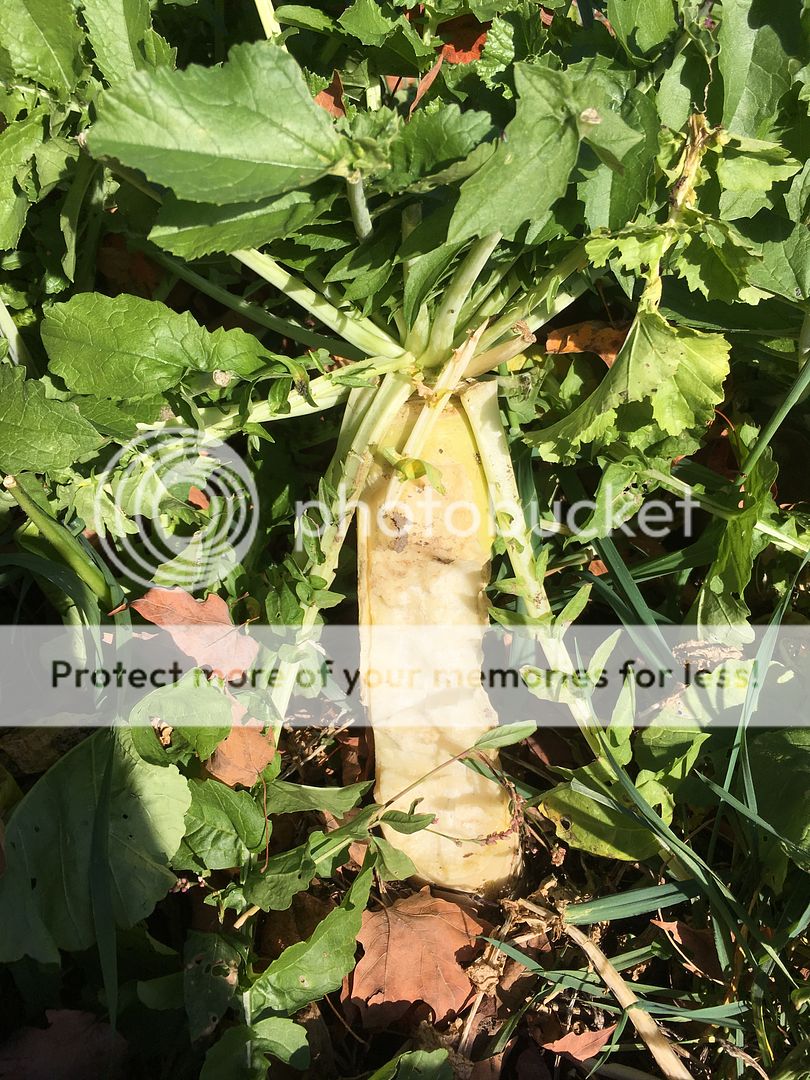Native Hunter
Well-Known Member
I don't know if this is scientific of not, but I had trouble with the deer on my property eating radish and turnip and I saw it suggested on some forum that smell plays a big part so the idea was to walk around the plot and pull one or two radish or turnip every 20 feet and lay them on the ground and stomp the crap out of them. Just mash them up so all that juice and pulp produces scent.
Deer are very, very good at smelling everything including food.
I tied this and it seemed to work that very same year. Suddenly browsing seemed to pick up on a plot that had just been left alone. Again, don't know if this is coincidence maybe, but it's free to try it.
Grouse
There may be something to that theory. Just before they started browsing mine so well this year I bushhogged a section of the plot to keep some pigweed from going to seed. It looked like a radish massacre. Right after that was when I started seeing the browsing on the ones in the other areas of the plot.






